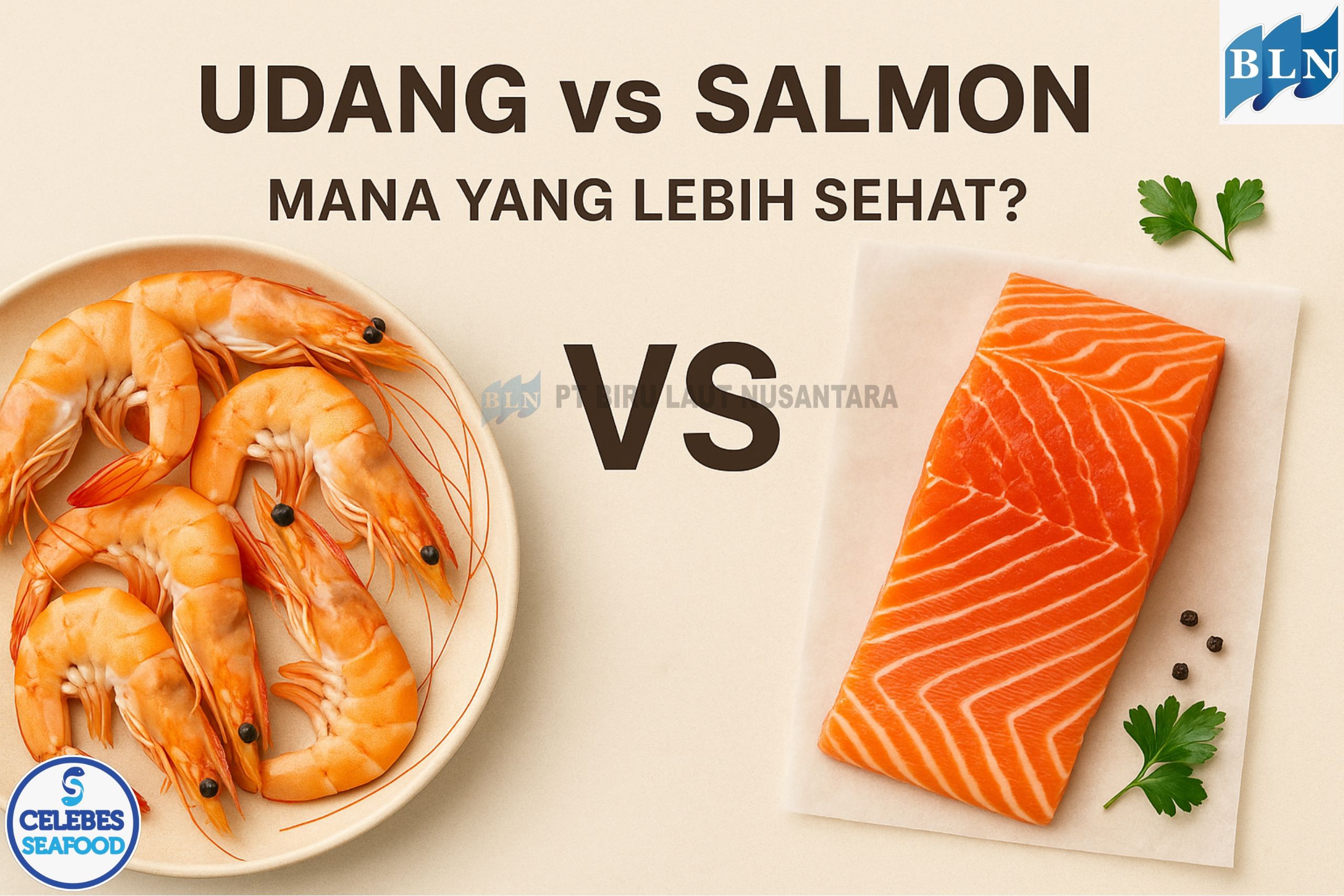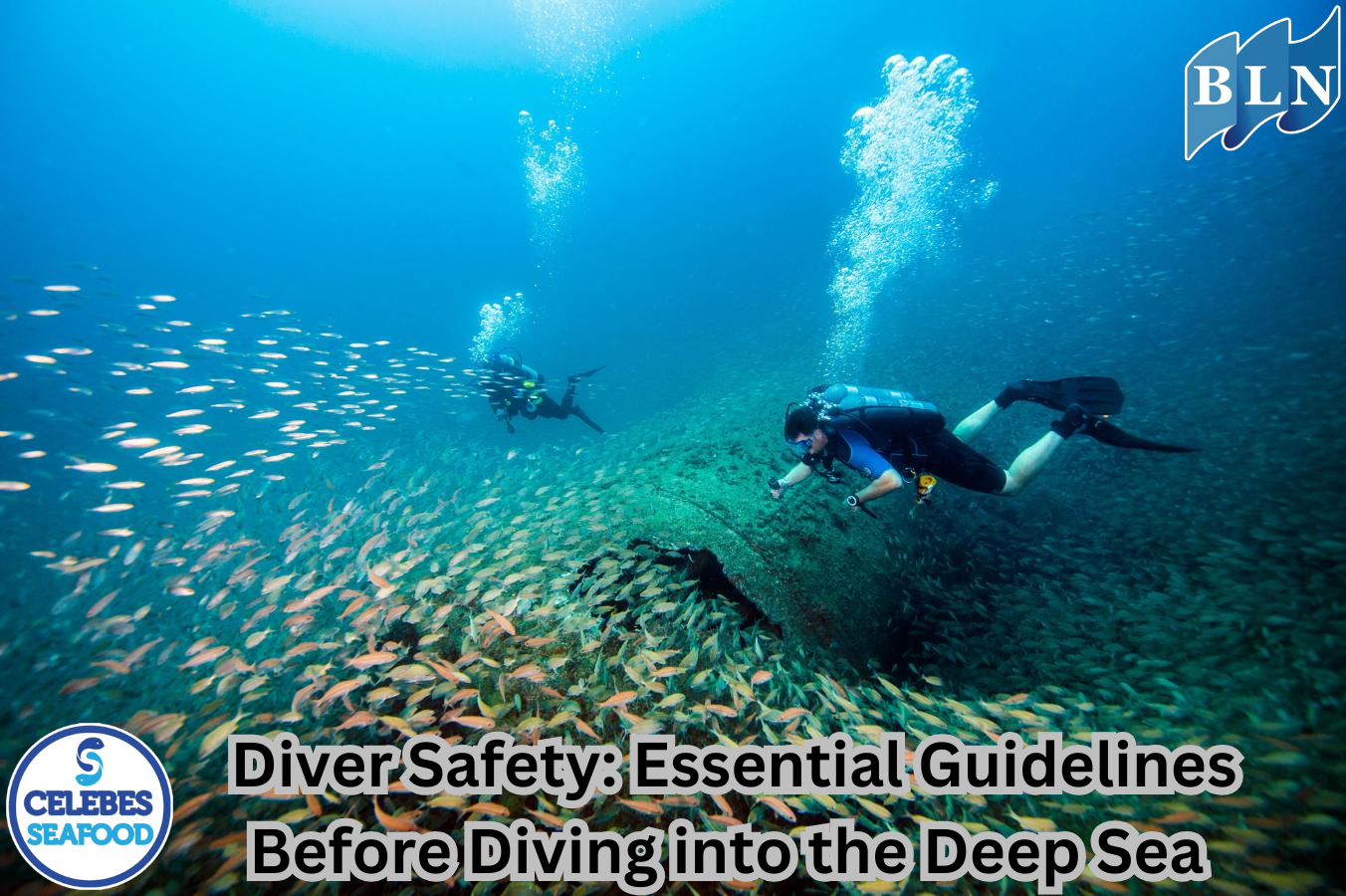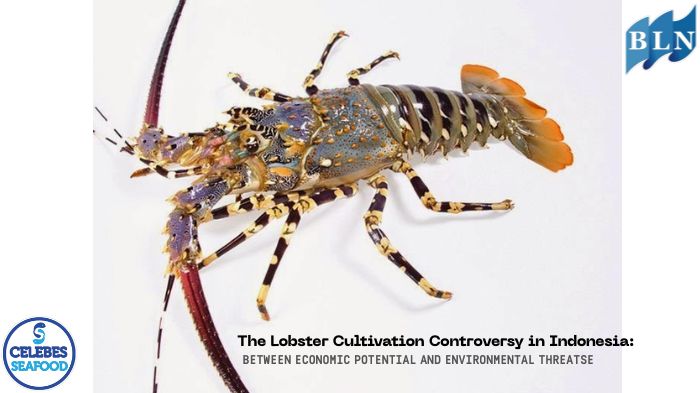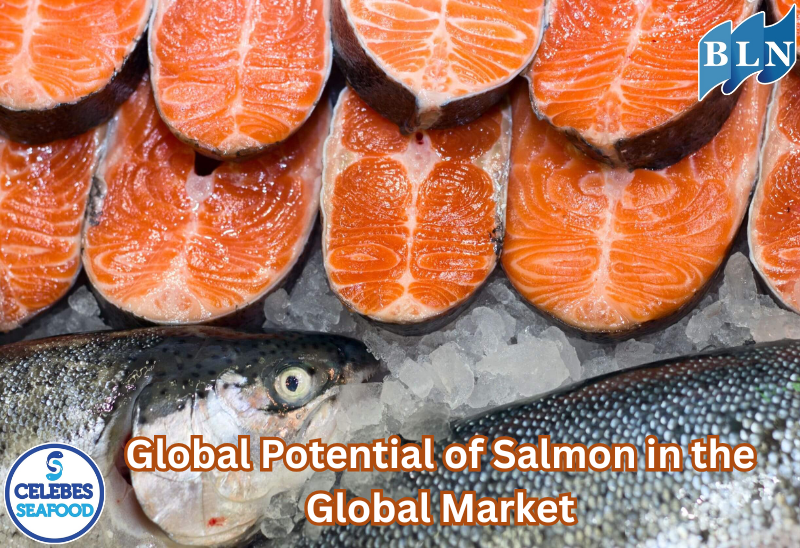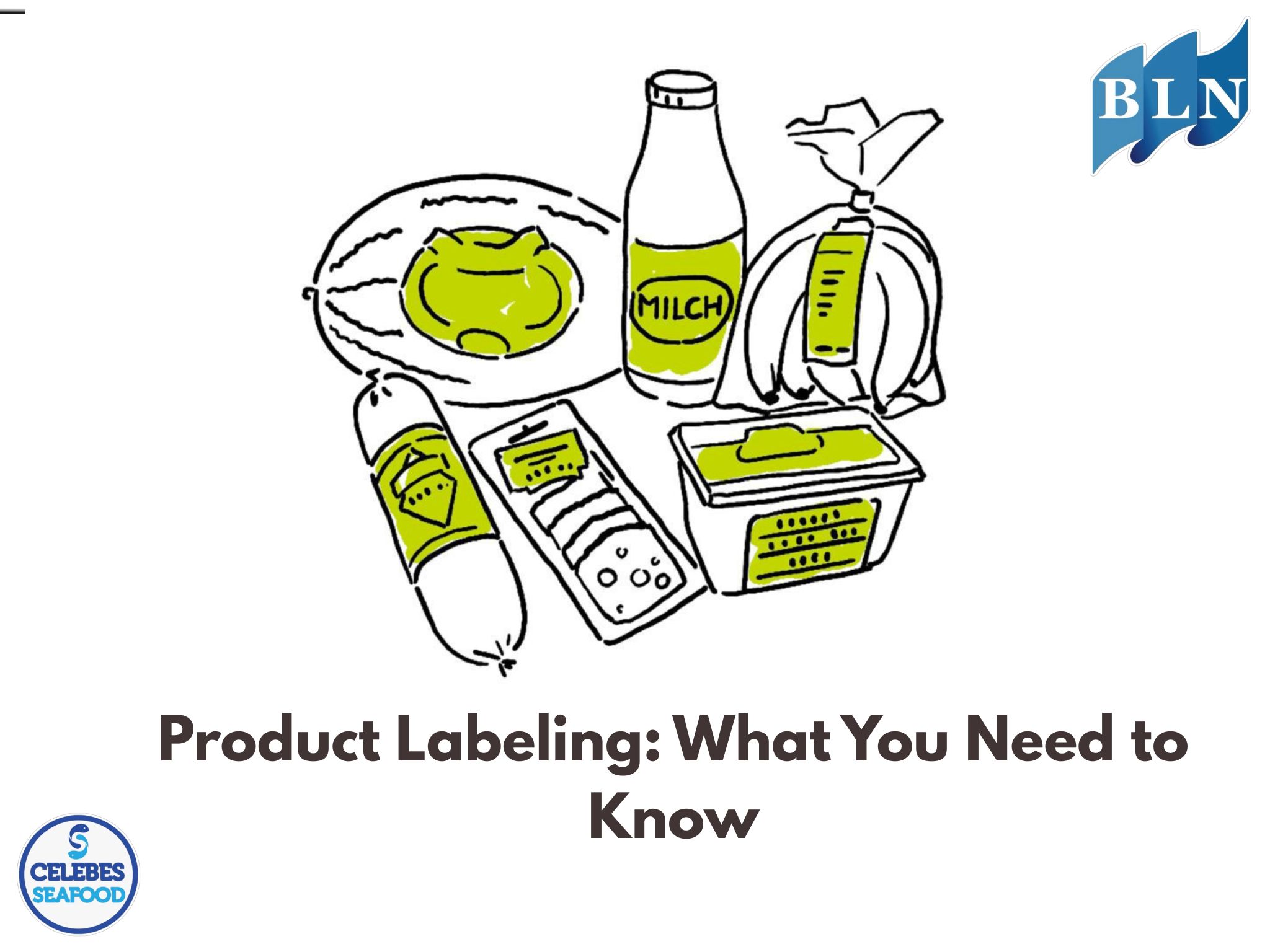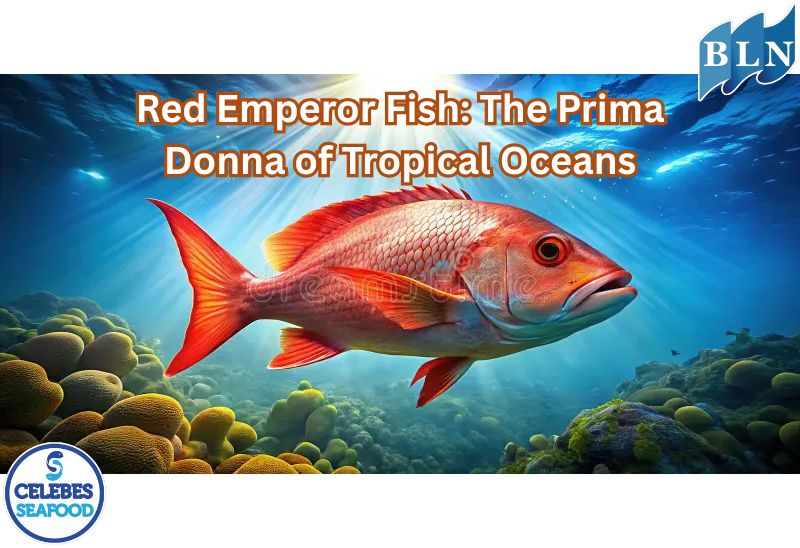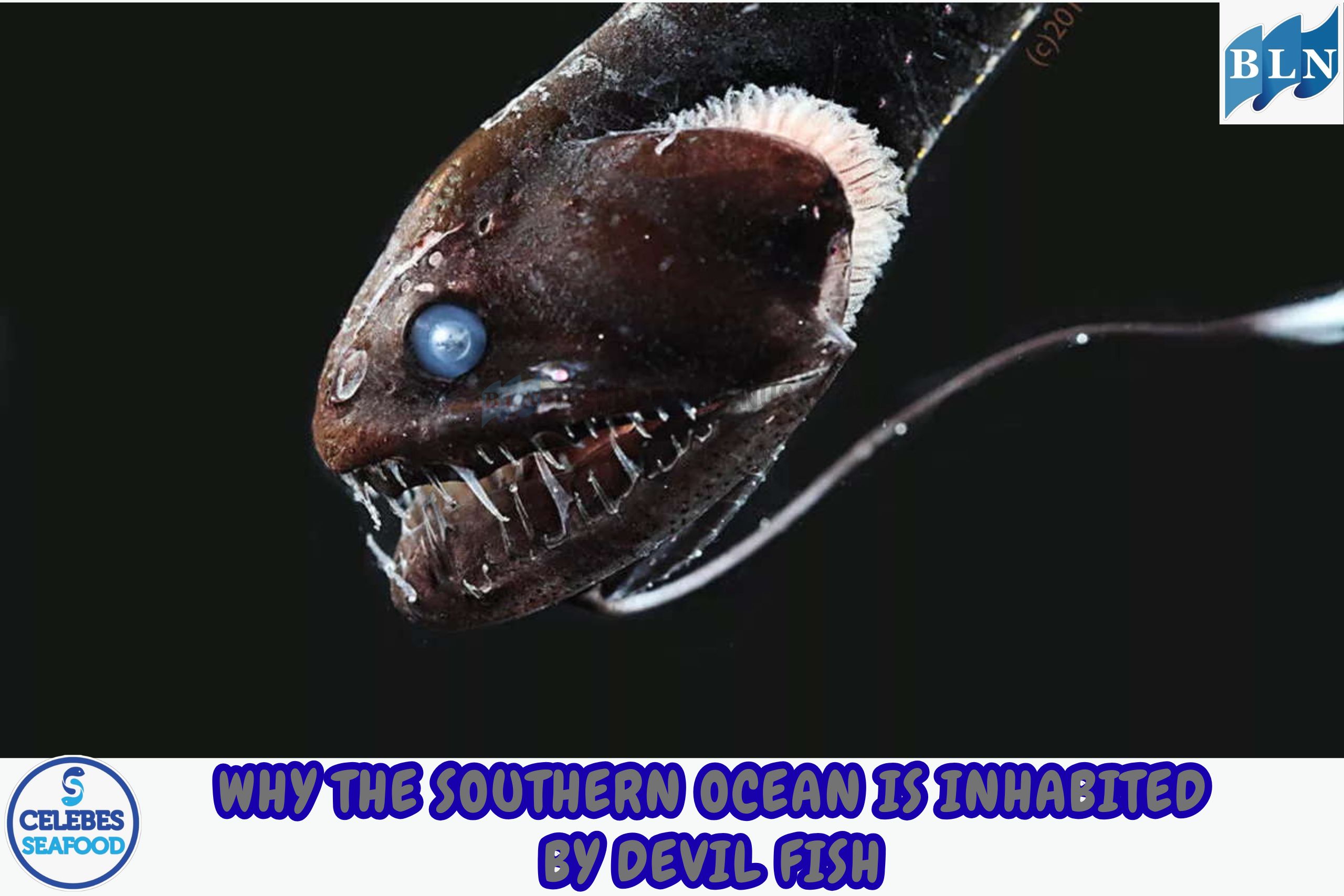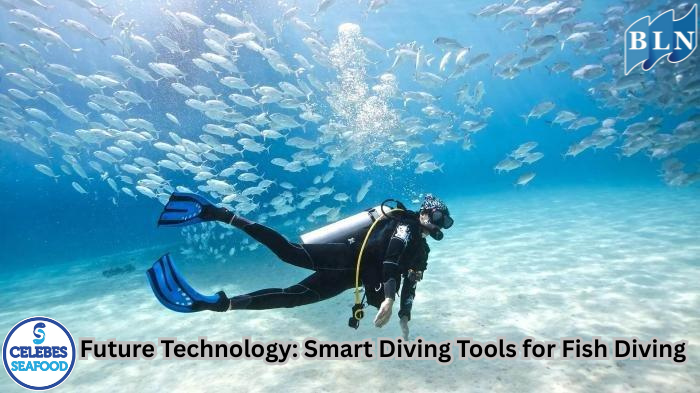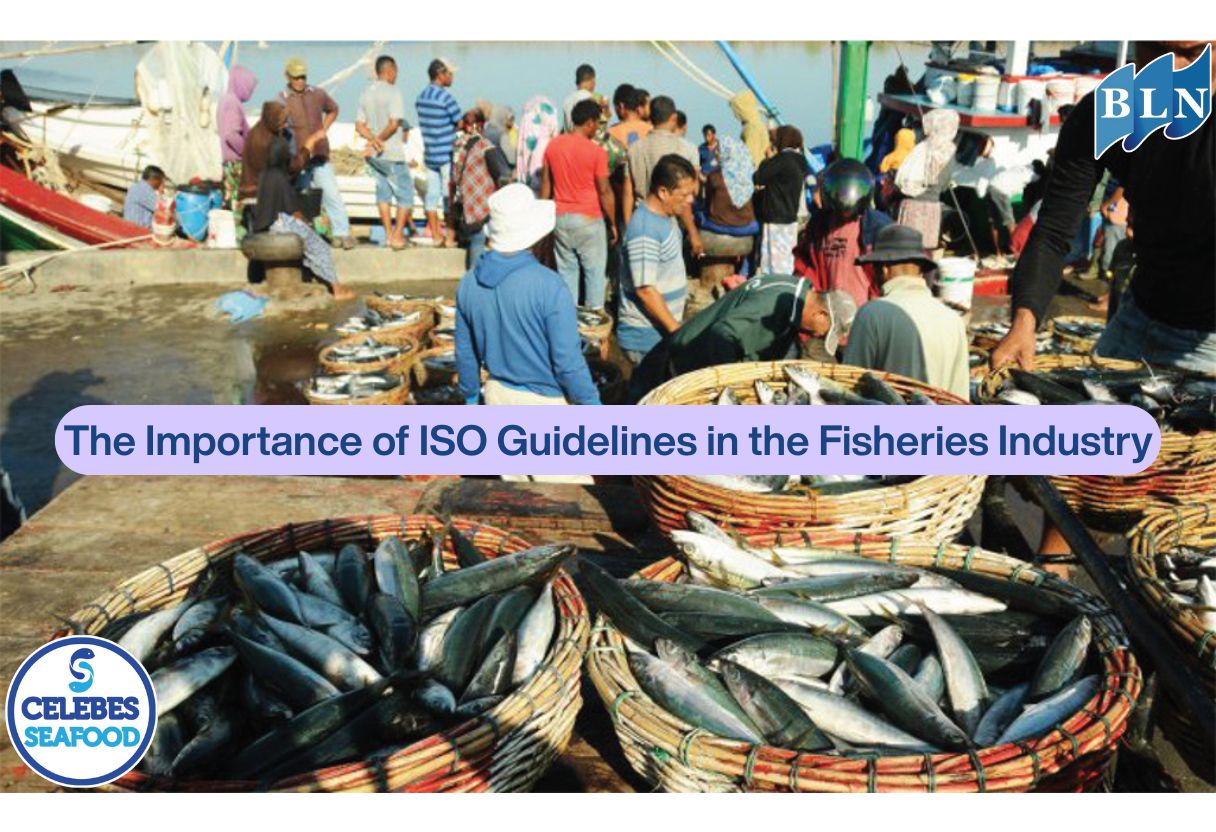The Role of Aquatic Environmental Conditions in the Emergence of Vibrio Bacterial Infections in Pond-Cultured Shrimp
By. Azizah - 18 Jul 2025.jpg)
lautnusantara.comVibrio bacterial infections are among the leading causes of shrimp farming failures in tropical regions, including Indonesia. Environmental factors such as water temperature, salinity, pH, dissolved oxygen, and organic matter content play a significant role in determining the severity and prevalence of these infections. This article reviews the relationship between pond water quality parameters and the emergence of Vibrio infections in cultured shrimp, as well as environmentally-based prevention strategies.
Introduction
Shrimp farming, particularly of Litopenaeus vannamei (whiteleg shrimp), is a vital sector in Indonesia’s fisheries economy. However, intensive farming practices are often accompanied by the emergence of diseases, especially those caused by Vibrio bacteria such as Vibrio harveyi, V. parahaemolyticus, and V. vulnificus. Vibrio-related diseases can lead to tissue damage, mass mortality, and substantial economic losses.
Poor water quality is a major trigger for increased virulence and population growth of Vibrio bacteria. Therefore, a thorough understanding of how aquatic environmental conditions influence disease dynamics is essential for effective mitigation efforts.
Vibrio Bacteria and Their Pathogenicity
Vibrio bacteria are Gram-negative bacteria naturally found in marine and estuarine environments. Several species are pathogenic to shrimp, especially under suboptimal environmental conditions. Vibrio infections can cause symptoms such as blackened shrimp exoskeleton, lesions, reduced appetite, and sudden death.
Vibrio virulence tends to increase in favorable environmental conditions, including high water temperatures, poor water quality, and accumulated organic matter in the pond bottom.
The Role of Environmental Factors in Vibrio Infections
-
Water Temperature
The optimal temperature for Vibrio growth ranges from 28–35°C. Elevated water temperatures can accelerate bacterial proliferation and suppress shrimp immune systems. -
Salinity
Low or excessively high salinity levels can stress shrimp, making them more susceptible to infection. For instance, Vibrio parahaemolyticus thrives at 15–25 ppt salinity. -
Water pH
The ideal pH for shrimp farming is between 7.5 and 8.5. pH levels below 7 or above 9 can disrupt shrimp metabolism and enhance pathogen activity. -
Dissolved Oxygen (DO)
DO levels below 4 mg/L can reduce shrimp resistance to infection. Anaerobic conditions also promote the growth of pathogenic microorganisms. -
Organic Matter and Ammonia
High concentrations of organic matter and total ammonia in ponds facilitate the proliferation of pathogenic microbes, including Vibrio. Waste from uneaten feed and shrimp feces exacerbates this issue without proper management.
Prevention and Control Strategies
-
Water Quality Management
Regular monitoring of water parameters such as temperature, pH, DO, and salinity is crucial. Proper aeration and sufficient water circulation help maintain a stable pond environment. -
Pond Bottom Management
Regular removal of pond sediments prevents the accumulation of organic matter, which can serve as a growth medium for bacteria. -
Use of Probiotics and Immunostimulants
Periodic application of probiotics helps control pathogenic Vibrio populations in both the water column and pond bottom. Immunostimulants in feed can also enhance shrimp immune response. -
Sustainable Farming Systems
Biofloc systems, recirculating aquaculture systems (RAS), or crop rotation methods (e.g., polyculture) are sustainable alternatives that reduce disease risks and environmental impact.
If you are interested in our Coral Trout Fillet Skin On, CORAL TROUT WGG WHOLE GILLED GUTTED, TOMATO COD WHOLE GILLED GUTTED please do not hesitate to contact us through email and/or whatsapp.
